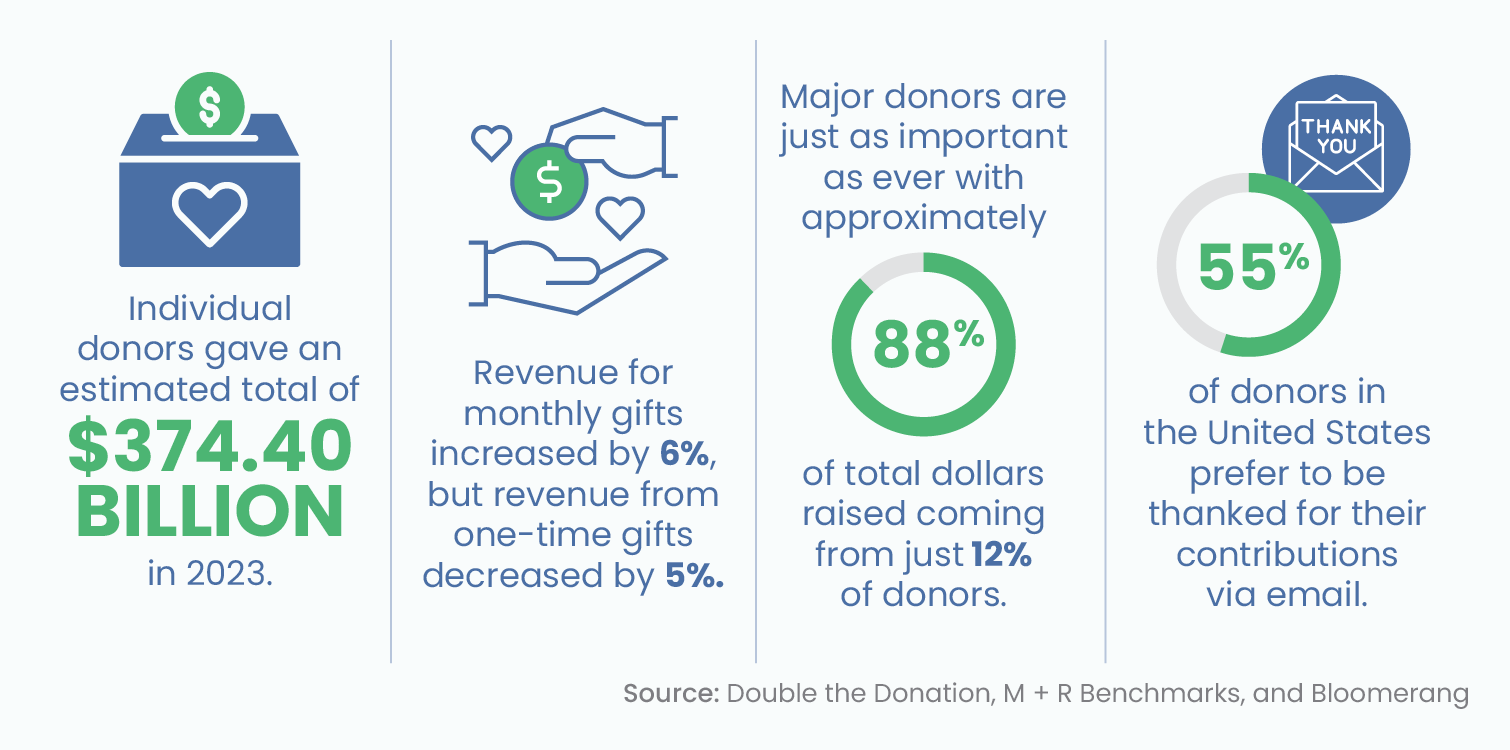Innovative Nonprofit Fundraising Ideas: Increase Donations and Interaction
Wiki Article
The Role of Neighborhood Interaction in Nonprofit Fundraising: Structure Lasting Relationships for Sustainable Support
Area engagement is significantly recognized as an important part of successful nonprofit fundraising. The strategies and techniques utilized to involve neighborhoods differ extensively, raising important concerns regarding performance and influence.Understanding Community Engagement
Neighborhood interaction is a crucial part of effective not-for-profit fundraising efforts. It describes the strategies and activities that companies employ to connect with their local areas, promoting relationships that are mutually helpful. Understanding community engagement involves recognizing its multifaceted nature, that includes partnership, involvement, and outreach. Nonprofits need to determine key stakeholders-- such as community participants, regional services, and other organizations-- to develop reliable interaction techniques.Reliable neighborhood engagement is based on energetic listening and responsiveness to the needs and passions of the neighborhood. This procedure includes getting comments, recognizing neighborhood dynamics, and making certain that the organization's mission straightens with neighborhood priorities. Engaging the area can take various types, including public conferences, volunteer chances, and collaboration initiatives, each made to encourage participation and financial investment in the organization's objectives.
Furthermore, neighborhood engagement must be come close to as an ongoing discussion as opposed to a single initiative. By fostering a comprehensive environment where neighborhood voices are heard and valued, nonprofits can develop a solid foundation for future fundraising ventures. Inevitably, a deep understanding of community involvement empowers organizations to produce genuine connections that improve their total effectiveness and sustainability.
Benefits of Strong Relationships
Solid relationships developed with area engagement yield many advantages for nonprofit fundraising efforts. First and leading, these partnerships foster trust and credibility, necessary parts in motivating benefactors to add. When possible fans see a nonprofit actively involved in their neighborhood, they are more most likely to believe in its goal and influence.
In addition, these partnerships assist in effective interaction. Nonprofits can leverage their connections to share tales of influence, updates, and requires, ensuring that fans continue to be informed and involved. This open line of communication not only strengthens bonds however also urges word-of-mouth promo, expanding the not-for-profit's reach.
Finally, solid neighborhood connections can attract brand-new companions and sponsors. Services and individuals are a lot more likely to align with organizations that demonstrate meaningful community involvement, supplying added resources and support that can dramatically improve fundraising abilities. Thus, cultivating durable connections via community interaction is indispensable to a nonprofit's long-term fundraising success.
Techniques for Efficient Interaction
Just how can nonprofits properly involve their neighborhoods to enhance fundraising initiatives? Regular updates, engaging web content, and calls-to-action can galvanize area rate of interest and participation.2nd, organizing neighborhood events, such as workshops, volunteer opportunities, or fundraising drives, promotes in person interaction, permitting nonprofits to display their effect and efforts. These occasions not only raise funds yet likewise cultivate partnerships and enable community members to involve directly with the cause.
Third, applying customized communication strategies can boost interaction. Customizing messages to certain donor sectors based on passions and past payments fosters a feeling of belonging and investment in the organization's objective.
Lastly, developing partnerships with local organizations and neighborhood leaders can enhance outreach efforts. Collaborative campaigns can improve presence and trustworthiness, demonstrating a cumulative commitment to the community's health. By incorporating these approaches, nonprofits can build long lasting relationships that enhance fundraising initiatives and drive lasting assistance.
Measuring Involvement Success
While involving the community is crucial for successful nonprofit fundraising, gauging the effectiveness of these interaction initiatives is equally essential. Developing clear metrics allows organizations to examine just how well they are getting in touch with their audience and accomplishing their fundraising objectives. Trick performance signs (KPIs) such as benefactor retention prices, volunteer involvement levels, and interaction on social media systems give tangible data for assessment.
Consistently examining these metrics allows organizations to pivot their methods when required, ensuring that area interaction remains lined up with their overall goal. Moreover, sharing these results with stakeholders cultivates transparency discover this and constructs depend on, encouraging additional neighborhood participation. Ultimately, a durable dimension framework not just informs future fundraising campaigns but likewise strengthens the connection in between the nonprofit and its fans, laying the groundwork for sustainable success.
Study in Area Impact
Many study highlight the profound impact that neighborhood involvement can have on not-for-profit fundraising success. One noteworthy instance is the "Food for Thought" initiative, where a local food financial institution partnered with businesses and schools to host community suppers. These occasions not only increased funds yet additionally promoted a sense of belonging among participants, significantly enhancing benefactor retention rates.One more compelling instance is go to my blog the "Eco-friendly Spaces Task," which included local residents in the revitalization of metropolitan parks. This campaign not just gathered monetary assistance from neighborhood companies but likewise cultivated a volunteer base that added to recurring maintenance and programming. The feeling of ownership and pride amongst community participants converted into sustained contributions.
In the world of arts, the "Art for All" campaign efficiently engaged neighborhood musicians and clients to produce collective art setups, bring about enhanced visibility and contributions for a regional arts nonprofit.
These examples highlight that when nonprofits prioritize community participation, they can produce enduring connections that boost fundraising initiatives, guaranteeing lasting assistance and fostering a lively neighborhood society. Such instances show that area interaction is not just a strategy but a crucial column of not-for-profit success.
Verdict
visit homepage In conclusion, community engagement is important to the success of nonprofit fundraising efforts. By cultivating solid connections with local stakeholders, organizations improve count on and trustworthiness, causing boosted benefactor retention and loyalty. Carrying out effective involvement techniques and gauging their impact makes sure that nonprofits can adjust and grow. Ultimately, a durable structure of area assistance not just magnifies fundraising prospective but likewise cultivates a society of collaboration, crucial for attaining lasting organizational goals and sustaining purposeful effect.Nonprofits need to determine essential stakeholders-- such as community members, regional businesses, and various other companies-- to create reliable interaction approaches.

In verdict, neighborhood involvement is important to the success of not-for-profit fundraising efforts.
Report this wiki page